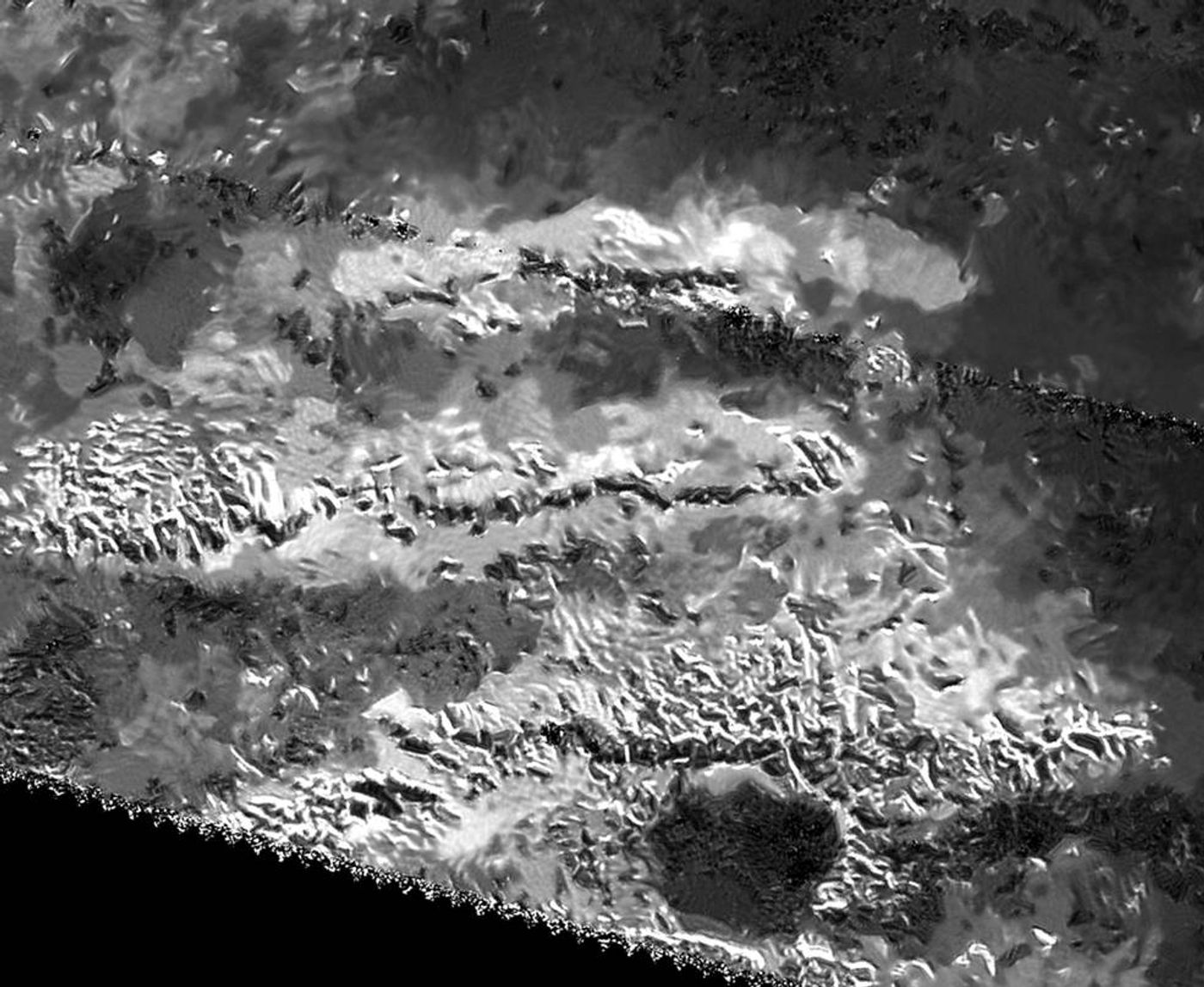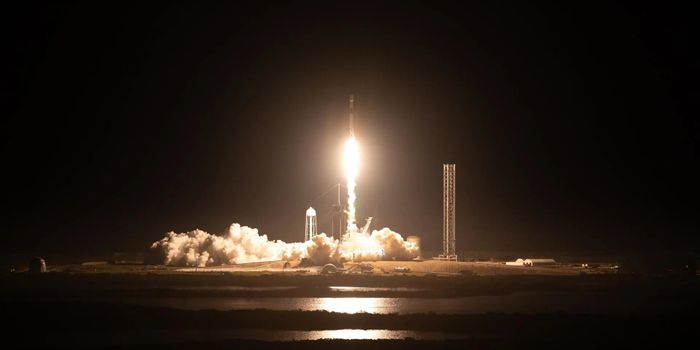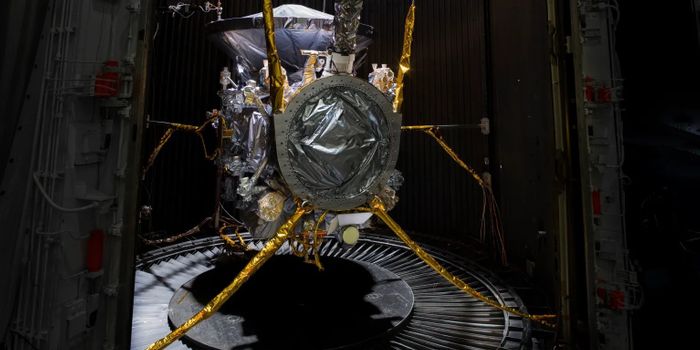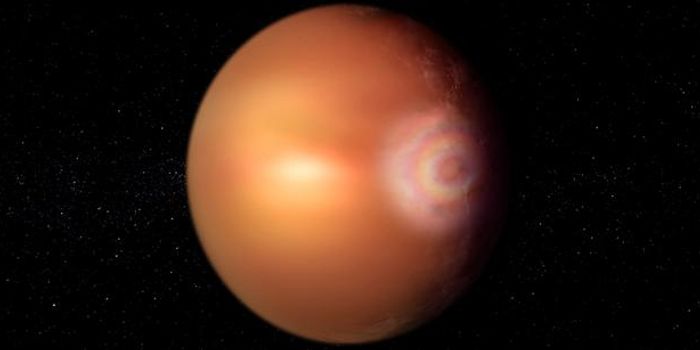NASA's Cassini Mission Unveils Tallest Peak on Moon Titan
NASA’s Cassini mission is proving to be quite useful in learning more about the Saturnian system. Cassini has just allowed astronomers to identify the height of the tallest peak on Titan, the largest of all of Saturn’s moons.
Estimated to tower up as high as 10,948 feet, Titan’s tallest peak is located inside of the moon’s Mithrim Montes, a trio group of mountainous ridges. Astronomers believe this is the highest peak that they’re likely to spot before the Cassini mission ends in September 2017.

Discovered by way of Cassini’s radar equipment, the tall peak was found during a recent study of the moon and was presented at the 47th annual Lunar and Planetary Science Conference in The Woodlands, Texas.
Comparatively, the tallest peak on Earth is Mount Everest, which is 29,028 feet in the air.
Astronomers are also realizing that Titan’s tallest elevations are found mostly around the moon’s equator, which is an interesting quality.
"As explorers, we're motivated to find the highest or deepest places, partly because it's exciting. But Titan's extremes also tell us important things about forces affecting its evolution," said Jani Radebaugh, a Cassini radar team member who led the study.
On Earth, creating such tall elevations typically takes the work of tectonic activity. Tectonic plates must slam into each other, and the forces cause the Earth to grow upwards against gravity.
On Titan, the harder surface is believed to float atop a surface-wide ocean similar to that of Enceladus, so tectonic activity would work somewhat similarly. On the other hand, Titan has a softer surface composition than the Earth does, which is why scientists don’t really believe Titan will ever have peaks as tall as those on Earth.
NASA notes that researchers will now spend time trying to figure out what causes this kind of tectonic activity on Titan since the makeup of the spatial body is significantly different from that of Earth.
Source: NASA
-
APR 30, 2024Immuno-Oncology Virtual Event Series 2024
-
MAY 07, 20243rd International Biosecurity Virtual Symposium
-
JUN 06, 2024The Future of Scientific Conferencing
- See More

















































